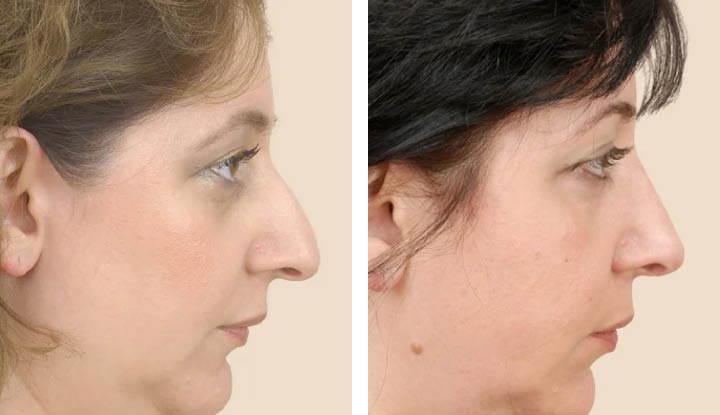
Rhinoplasty, commonly referred to as a nose job, is a popular cosmetic and functional procedure designed to reshape or correct nasal issues. While it can enhance appearance and improve breathing, it is essential to understand the potential risks and how to minimize them for the best possible outcome.
Understanding the Risks of Rhinoplasty:
Common Side Effects After Surgery:
Like any surgical procedure, Rhinoplasty (عملية تجميل للأنف) comes with temporary side effects such as swelling, bruising, and discomfort. These symptoms usually subside within a few weeks but may take longer for some individuals.
Bleeding and Infection:
Post-surgical bleeding is a risk, though it is typically mild. Infection is rare but can occur if proper care is not taken. Following post-operative guidelines reduces the likelihood of complications.
Breathing Difficulties:
Some individuals may experience nasal congestion or difficulty breathing after surgery. This is usually temporary, but in some cases, revision surgery may be necessary to correct functional issues.
Scarring and Skin Issues:
External rhinoplasty may leave minor scars at the base of the nose, though these usually fade over time. Internal procedures generally do not leave visible scarring. Some patients may experience skin irritation or temporary numbness.
Unsatisfactory Aesthetic Results:
Despite careful planning, the final outcome may not always meet expectations. Factors such as healing variations, asymmetry, or minor imperfections can sometimes require revision surgery.
Anesthesia Risks:
Rhinoplasty is performed under general or local anesthesia, which carries minimal risks. While rare, complications such as allergic reactions or breathing issues may occur during the procedure.
Long Recovery Period:
Full results from rhinoplasty can take several months to a year to become apparent. Swelling and minor irregularities may persist during this time, requiring patience throughout the healing process.
How to Minimize the Risks of Rhinoplasty?
Proper Pre-Surgery Preparation:
Before surgery, following all pre-operative instructions can help ensure a smooth procedure. Avoiding smoking, alcohol, and certain medications can reduce complications.
Following Post-Operative Care Instructions:
Strictly adhering to post-operative care instructions is crucial for a successful recovery. This includes keeping the nose clean, avoiding strenuous activities, and sleeping with the head elevated.
Maintaining a Healthy Lifestyle:
A nutritious diet, proper hydration, and avoiding smoking can promote better healing. Vitamin-rich foods and adequate rest support the body’s recovery process.
Managing Swelling and Bruising:
Using cold compresses, keeping the head elevated, and avoiding excessive sun exposure can help minimize swelling and bruising, leading to a smoother healing process.
Being Patient with Results:
The nose continues to refine in shape for months after surgery. Having realistic expectations and allowing time for full healing can prevent unnecessary concerns.
Avoiding Physical Impact:
Protecting the nose from accidental bumps or pressure is essential during the healing phase. Engaging in contact sports or wearing glasses too soon can impact the final results.
Conclusion:
Rhinoplasty (عملية تجميل للأنف) is an effective way to improve nasal aesthetics and function, but understanding the risks is essential before undergoing surgery. By following pre- and post-operative care guidelines, maintaining a healthy lifestyle, and having realistic expectations, individuals can minimize risks and achieve a successful outcome. Proper preparation and patience throughout the recovery process contribute to long-lasting and satisfying results.







